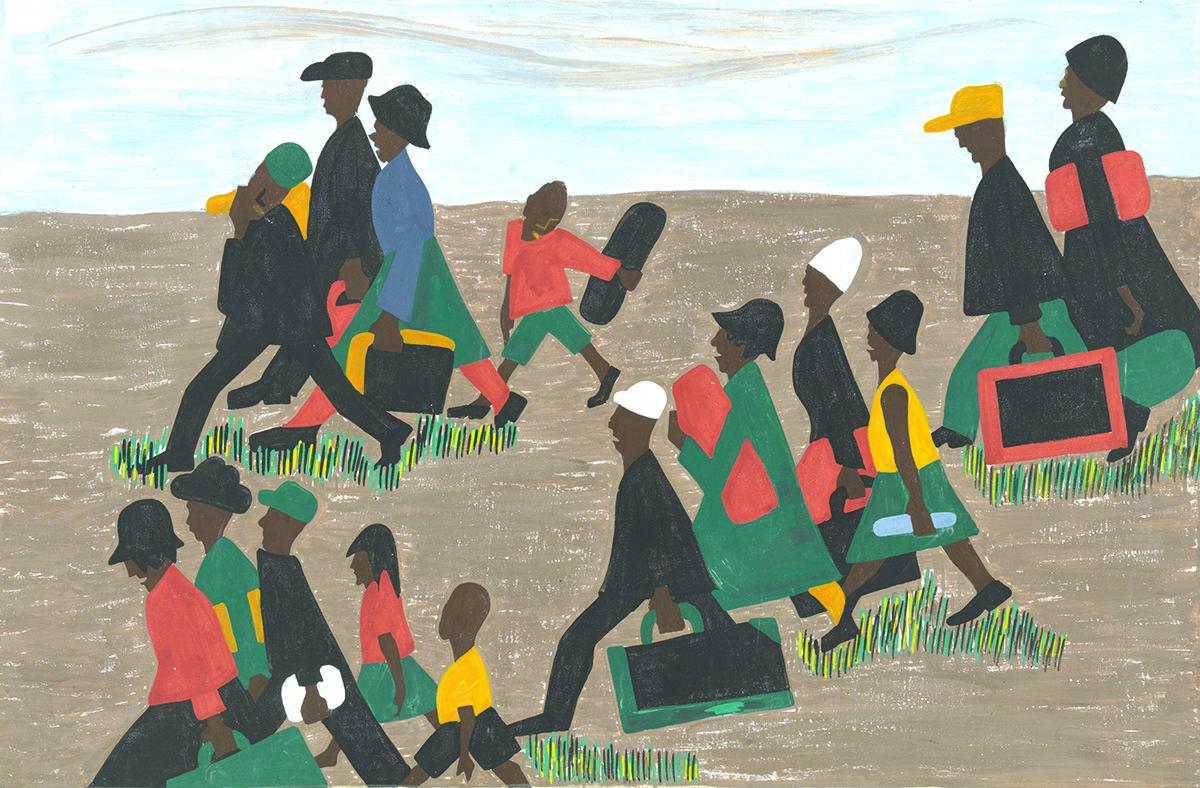https://www.cnn.com/2018/04/28/us/georgia-arrest-former-football-player/index.html
Desmond Marrow is a 30 year old ex-NFL athlete who was a victim of police brutality in early December of 2017. Recently he has come forward with the video of the assault he endured and has been rallying for justice against the Henry County Police Dept. as well as the officers who assaulted him. I saw the video for the first time a few days ago and I was honestly disgusted, in the video Desmond Marrow is clearly posing no threat to neither officers and his handcuffed with his hands behind his back. Despite him being restrained the officers still slam him head first into the concrete (apparently knocking some of his teeth out) and then one of the officers chokes him until he is unconscious. The police officers attempt to defend their handouts actions by saying they were under the assumption that Desmond Marrow had a gun, it turned out to be his cell phone. I am absolutely sick and tired of seeing black men like Desmond Marrow become targets for police brutality it’s a scary to think that simply because of how we look I can not trust “officers of the law” to protect me, my brother my cousins, my friends ect. Although its a damper on my day to have to scroll down my timeline and see things like this it is well needed reminder to me and everyone that sees it of the state that this country is in and social media is a great platform to spread awareness for injustices like these so we can get something done about it.
